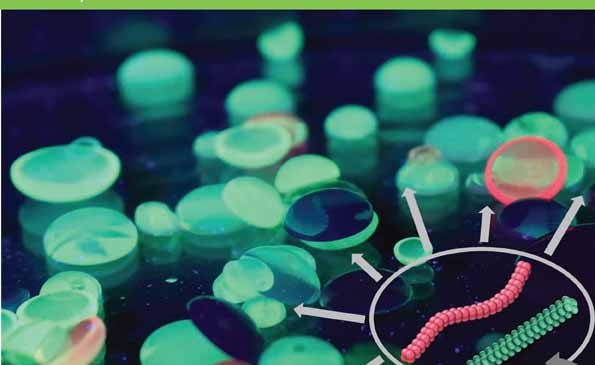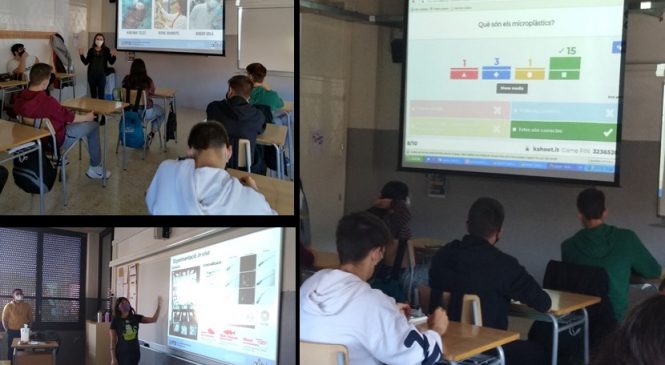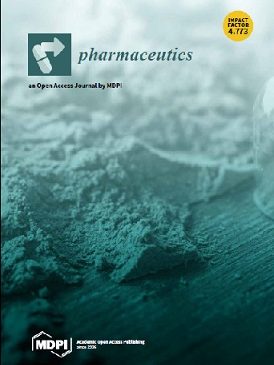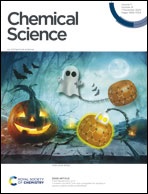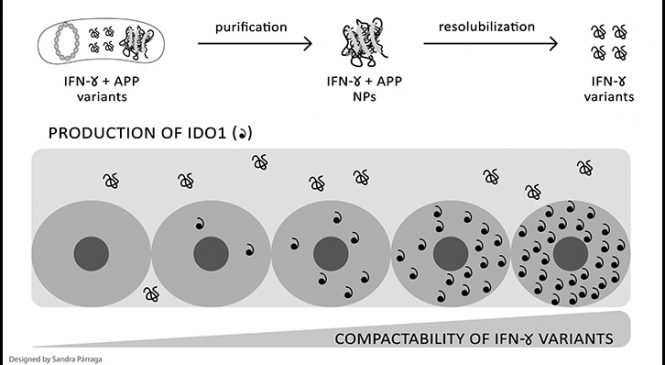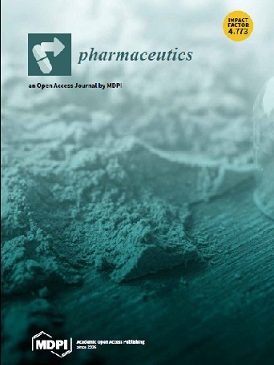
Nanobiotechnology: “In Vivo Bactericidal Efficacy of GWH1 Antimicrobial Peptide Displayed on Protein Nanoparticles, a Potential Alternative to Antibiotics”
Pharmaceutics 2020, 12(12), 1217; https://doi.org/10.3390/pharmaceutics12121217
Abstract
Oligomerization of antimicrobial peptides into nanosized supramolecular complexes produced in biological systems (inclusion bodies and self-assembling nanoparticles) seems an appealing alternative to conventional antibiotics. In this work, the antimicrobial peptide, GWH1, was N-terminally fused to two different scaffold proteins, namely, GFP and IFN-γ for its bacterial production in the form of such recombinant protein complexes. Protein self-assembling as regular soluble protein nanoparticles was achieved in the case of GWH1-GFP, while oligomerization into bacterial inclusion bodies was reached in both constructions. Among all these types of therapeutic proteins, protein nanoparticles

